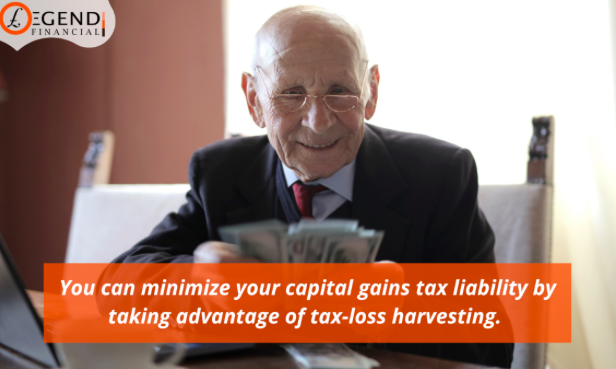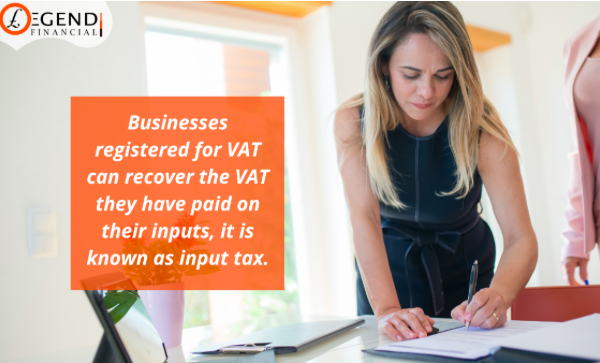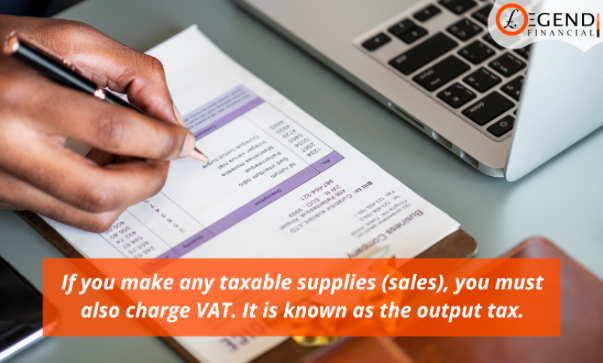A guide to the Capital Gains Tax Rate: Short-term Vs Long-term Capital Gains Taxes

A capital gain occurs when you sell an asset for a higher price than you paid. The tax rate for a capital gain depends on when you purchased the asset. If an investor sells their house within one year of purchase, it will usually show up as a short-term capital gain of 5% - 8%.
Still, if held until later in life, this same profit could have saved them from higher taxes because those accumulated returns would no longer qualify under "filter" rules that protect lower income earners from being pushed into higher brackets by inflationary effects.
How Does Capital Gains Tax Work?
Understanding how much is capital gains tax on property important for anyone who owns investments outside a retirement account. You have a capital gain when you sell an asset, such as a stock or real estate, for more than you paid. The IRS taxes capital gains at different rates depending on how long you hold the asset and your overall tax bracket.
If you held the asset for less than a year, it is considered a short-term capital gain and taxed at your regular income tax rate. Holding it for more than a year is considered a long-term capital gain and taxed at a lower rate. The long-term capital gains tax rates are 0%, 15%, or 20%, depending on your tax bracket.

You can minimize your capital gains tax liability by taking advantage of tax-loss harvesting. It is a strategy where you sell investments that have lost value and use the losses to offset any capital gains. You can also use capital losses to offset up to $3,000 of ordinary income each year.
Capital Gains Tax Rates for 2021 and 2022
The IRS defines a capital gain as "the profit that results from the sale of a capital asset." The tax rate on a long-term capital gain, defined as an asset held for more than one year, ranges from 0% to 20%, depending on your taxable income and filing status. For 2021, the tax rates on long-term capital gains are 0%, 15%, or 20%.
The tax rate on short-term capital gains, defined as assets held for one year or less, is your marginal tax rate. For example, if you're in the 24% tax bracket, your short-term capital gains tax rate would also be 24%.
The following table shows the capital gains tax rates for 2021 and 2022:
- 2021 Capital Gains Tax Rates
| If your taxable income is | Your capital gains tax rate is |
|---|---|
| $0-$40,400 | 0% |
| $40,401-$445,850 | 15% |
| $445,851 or more | 20% |
- 2022 Capital Gains Tax Rates
| If your taxable income is | Your capital gains tax rate is |
|---|---|
| $0-$45,000 | 0% |
| $45,001-$498,350 | 15% |
| $498,351 or more | 20% |
As you can see from the table, the capital gains tax rate is 0%, 15%, or 20% for long-term capital gains, and your marginal tax rate is for short-term capital gains. The rates differ for 2021 and 2022 because the tax brackets and thresholds differ for those years.
How Do I Avoid Capital Gains Taxes?
There are a few ways to avoid paying capital gains taxes on your investment profits. One way is to invest in a tax-deferred or tax-free account, such as a 401(k) or IRA. Another way is to hold onto your investment for longer than one year to qualify for the long-term capital gains tax rate, which is lower than the rate for short-term gains. You can also invest in certain assets exempt from capital gains taxes, such as municipal bonds. Finally, you can take advantage of the capital gains tax exclusion, which allows you to exclude a certain amount of your investment profits from taxes each year.
There is no one-size-fits-all approach to avoiding capital gains taxes, so talk to your financial advisor about your best strategy.
What is Value Added Tax?
A value-added tax, or VAT is a consumption tax levied on a product at every point in the supply chain, from production to sale. The consumer pays an additional tax (VAT) on the purchase price. Value-Added Tax (VAT) is generally a percentage of the total sale price.

VAT is a consumption tax because the final consumer generally bears it and that is why VAT registration is very important. However, businesses registered for VAT can recover the VAT they have paid on their inputs (the cost of goods and services they have purchased). It is known as input tax.
Businesses charge VAT on their supplies to their customers and pay VAT on their purchases from other businesses. The difference between the VAT they charge and the VAT they pay is their tax liability.
VAT is usually applied to all stages in the production and distribution of goods and services, from manufacturing goods to their sale to the final consumer. However, some countries exempt certain items from VAT, such as food, healthcare, and education.
VAT is a complex tax, and businesses must be careful to comply with the rules. Non-compliance can result in significant penalties. Businesses should seek professional advice to ensure they are compliant.
How to Claim Back VAT?
If you are a business registered for VAT, you can reclaim the VAT you have paid on your inputs (the cost of goods and services you have purchased). It is known as input tax.
To claim back VAT, you must:
- Keep records of all purchases that include VAT
- Include these purchases in your VAT Return
- Pay any VAT due to HM Revenue and Customs (HMRC)
You can reclaim VAT on most goods and services you use for your business, as long as a VAT-registered business supplies them. But there are some goods and services on which you cannot reclaim VAT, such as:
- Most food and drink
- passenger transport
- petrol and diesel for private use
You can find out more about what you can and cannot reclaim VAT on in HMRC's guidance on input tax.

If you make any taxable supplies (sales), you must also charge VAT. It is known as the output tax. You can then deduct any VAT you have paid on your inputs from the VAT you have charged on your outputs. We call it the VAT due or the output tax due if you are a UK-registered business.
If the amount of VAT you have paid on your inputs is more than that you have charged on your outputs, you can reclaim the difference from HMRC. It is called a refund.
If the VAT you have charged on your outputs is more than the VAT you have paid on your inputs, you must pay the difference to HMRC. It is called a liability. If you're in the UK and are concerned about a rising tax bill, look into Taxpro rebates as you could be saving a lot of money.
Conclusion
If you have significant capital gains, you may want to consult tax advisors in Milton Keynes to explore strategies for minimizing your tax liability.
To conclude, value added tax is a consumption tax that businesses registered for VAT can recover the VAT they have paid on their inputs. It makes it an advantageous way to avoid capital gains taxes. However, businesses must comply with the rules to avoid penalties. When done correctly, businesses can use this system to their advantage.
